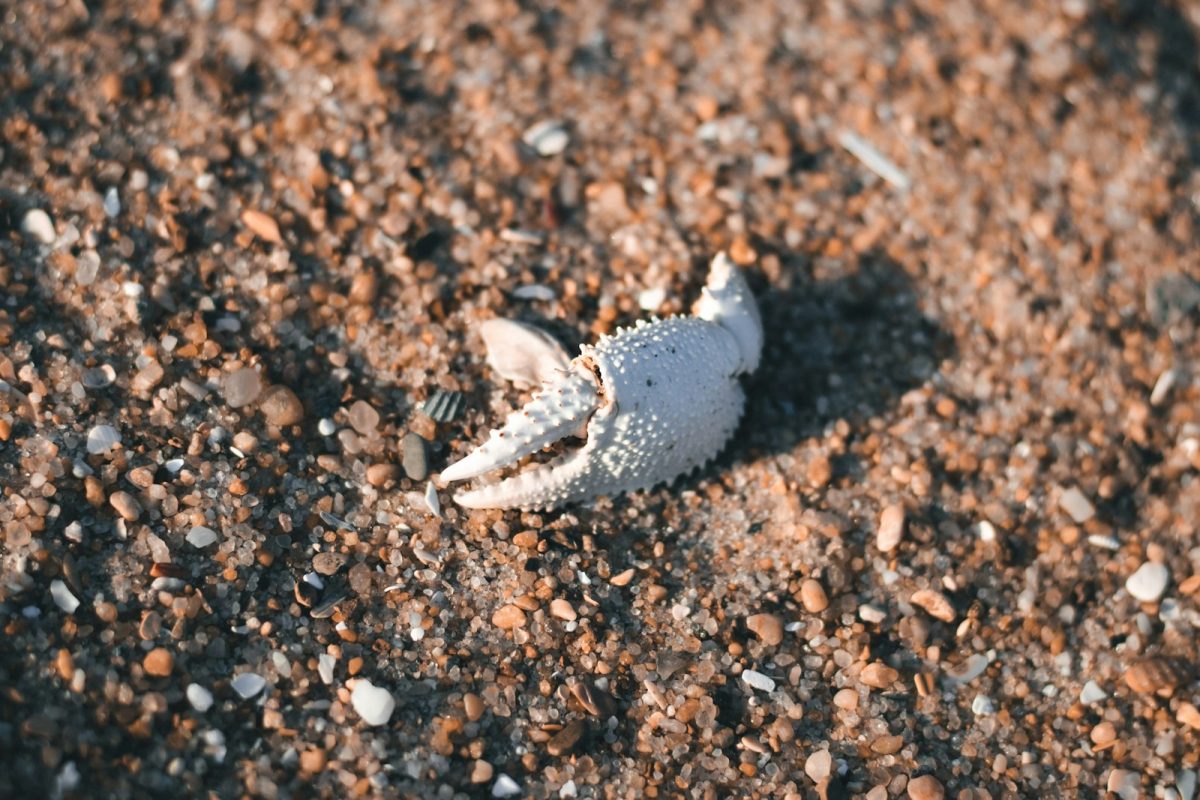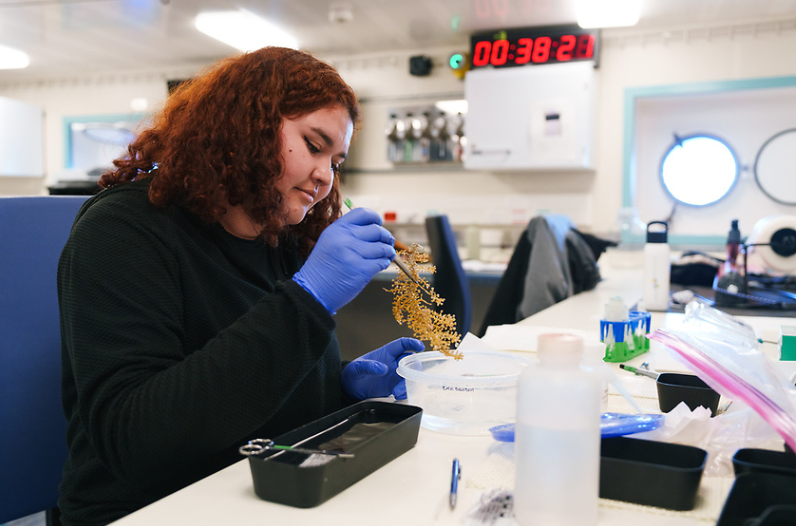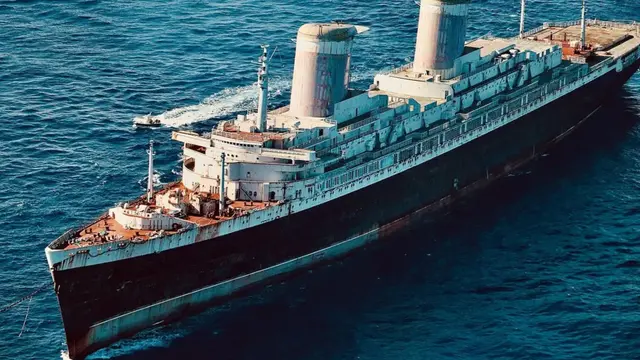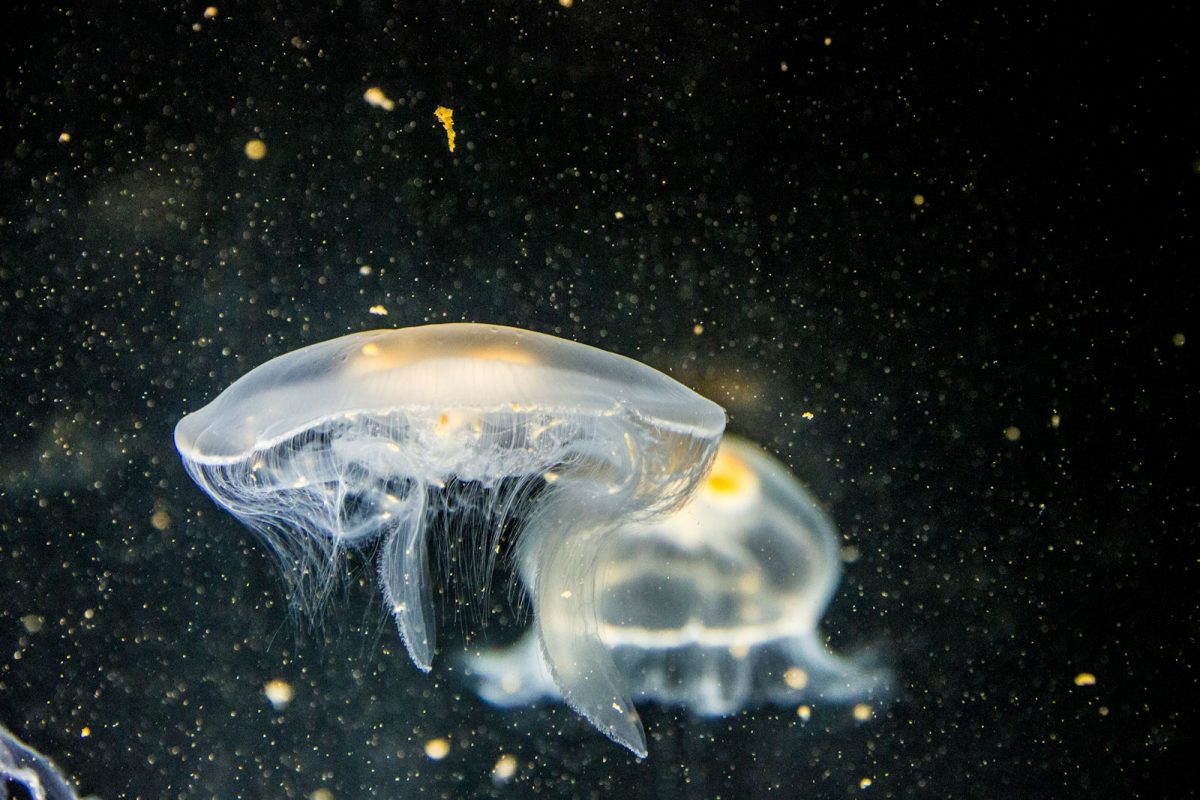THE FIND OF THE LARGEST CRAB CLAW FROM 8 MILLION YEARS AGO
In a archaeological find, scientists recently excavated the fossilized remains of the largest crab claw ever found, dating back to about 8 million years ago. This amazing discovery puts light on the ancient ocean ecosystems and the weird creatures that inhabited our planet millions of years ago.
THE ASTONISHING SIZE AND STRUCTURE
The massive size of the crab claw, measuring many feet in length, astonished researchers worldwide. The complicated details preserved in the fossil provided valuable insights into the anatomy and behavior of prehistoric marine cabs, shrimp and other cetaceans. The sheer size of the claw suggests a great predator, made for capturing prey with good precision and strength.
THE SIGNIFICANCE OF THE FIND
The discovery of the largest crab claw from 8 million years ago holds a great scientific value, offering a insight into the evolutionary history of sea life. By studying the structure and characteristics of this ancient artifact, researchers can unravel the mysteries of prehistoric crab species and their adaptations to the changing environmental conditions of the past.
IMPLICATIONS FOR UNDERSTANDING NOW
This amazing discovery challenges our understanding of ancient ocean ecosystems and the diversity of life that existed millions of years ago. The sheer size of the crab claw raises questions about the ecological role of prehistoric crabs and their meetings with other marine organisms. By looking this fossil, scientists can get valuable insights into the evolution of crustaceans and their impact on ancient ocean environments.
In the end, the discovery of the largest crab claw from 8 million years ago represents a significant milestone in research. This remarkable find not only expands our knowledge of prehistoric marine life but also makes stand out the importance of preserving and studying fossilized remains to better understand the history of our planet and the animals that once was in its oceans.






